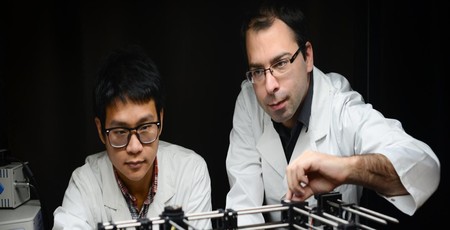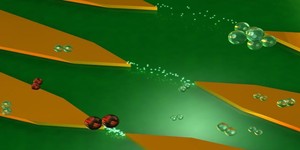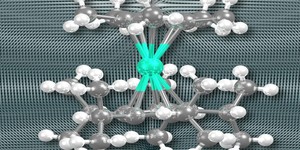Researchers demo nanocrystal storage
July 12, 2018 | 10:59
Companies: #university-of-adelaide #university-of-new-south-wales #university-of-south-australia

A team of Australian scientists have developed a novel method for storing data using light, creating fluorescent crystals which could serve as an alternative to magnetic, solid-state, and optical storage media.
Developed by a team formed of researchers from the University of South Australia and University of Adelaide working hand-in-hand with the University of New South Wales, the new technology makes use of 'fluorescent nanocrystals' whose light-emitting properties can easily be switched on and off using lasers. So far, so similar to a CD-R - but its creators claim the technology goes beyond today's equivalents.
'What makes this technique for storing information using light interesting is that several bits can be stored simultaneously,' explains Dr. Nick Riesen, who developed the method alongside University of Adelaide PhD student Xuanzhao Pan, 'and, unlike most other optical data storage techniques, the data is rewritable.'
The team's key breakthroughs, it is claimed, include the ability to store multiple bits of data on a single nanocrystal, the use of extremely low-power lasers for boosted energy efficiency, and the potential to expand from a 2D grid of nanocrystal to a 3D structure for boosted storage capacity - though, Professor Heike Ebendorff-Heidepriem warns, this is only at present a theoretical possibility as-yet unproven in the lab.
'3D optical data storage could potentially allow for up to petabyte level data storage in small data cubes,' enthuses Dr. Riesen of the technology's potential. 'To put that in perspective, it is believed that the human brain can store about 2.5 petabytes. This new technology could be a viable solution to the great challenge of overcoming the bottleneck in data storage.'
The team's research paper, Towards Rewritable Multilevel Optical Data Storage in Single Nanocrystals, is available in the open-access journal Optics Express.

MSI MPG Velox 100R Chassis Review
October 14 2021 | 15:04








Want to comment? Please log in.